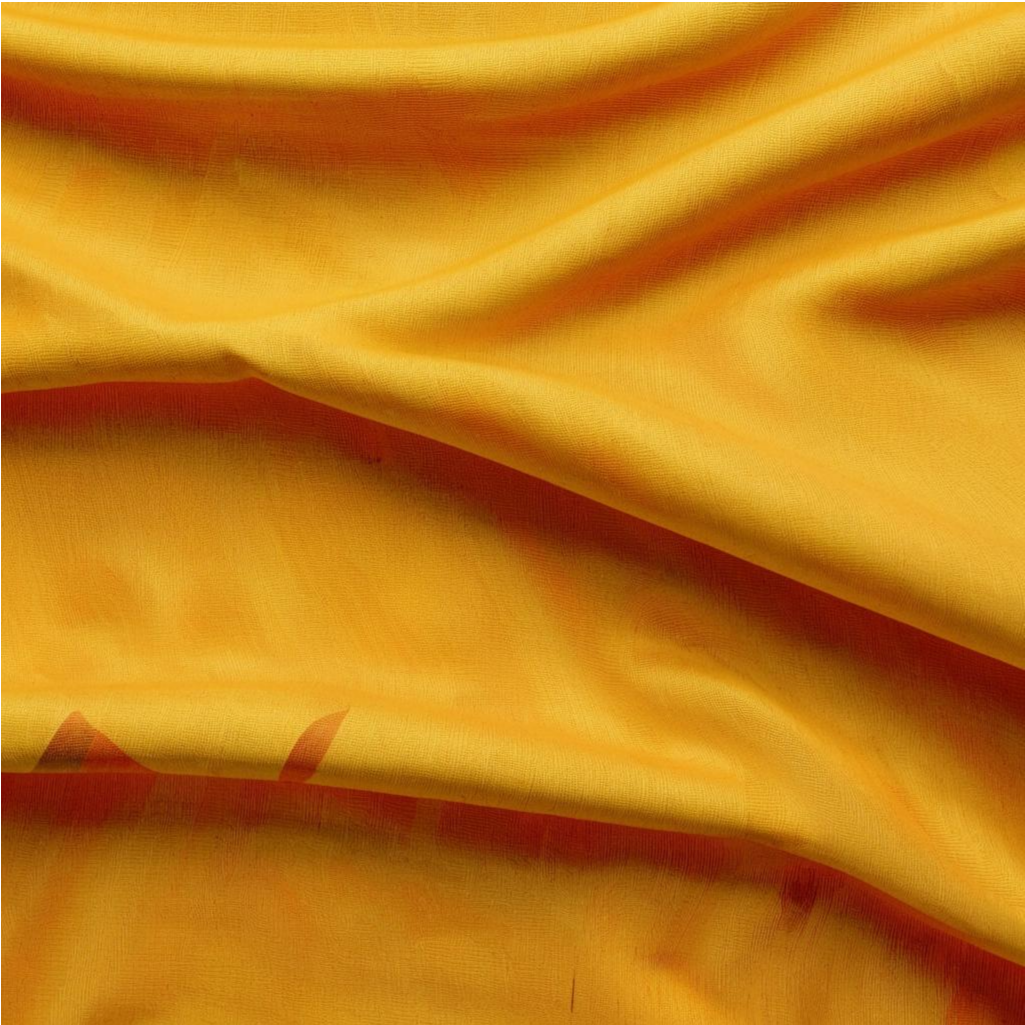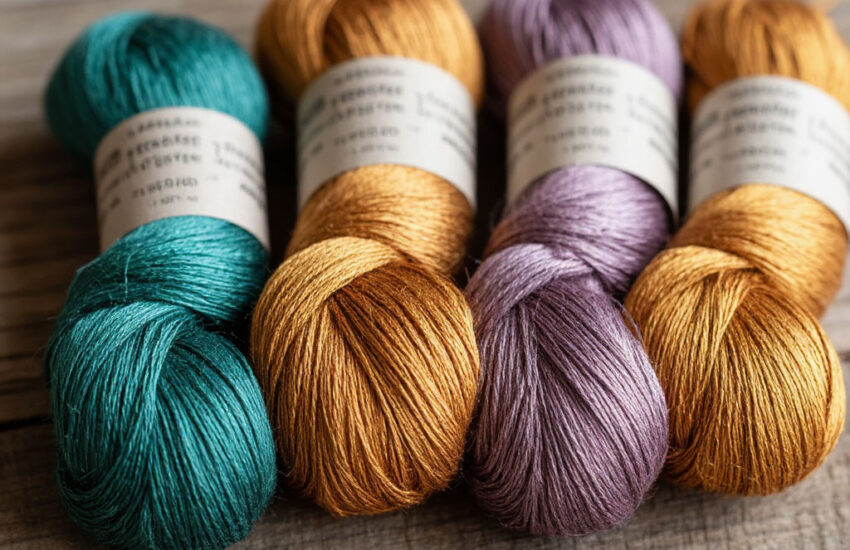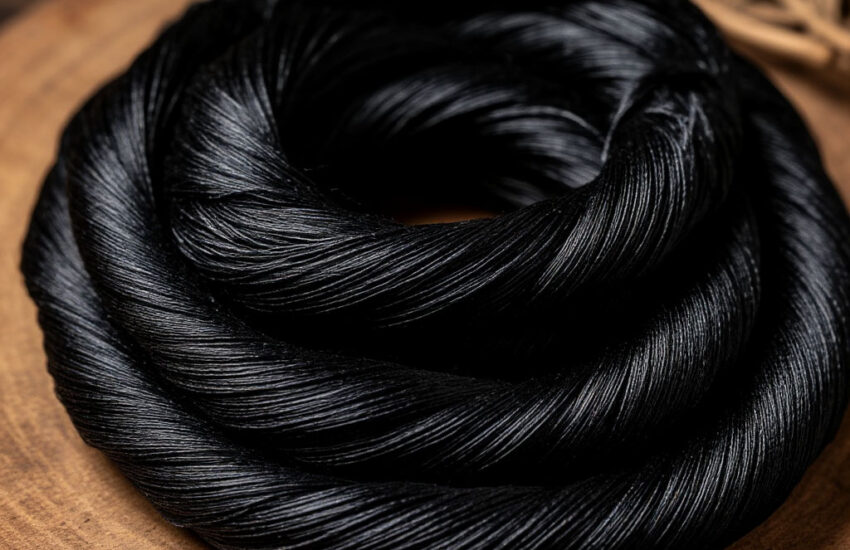Corn-Based Polyester: Is It a Truly Sustainable Fabric?
Contents
- 1 Corn-Based Polyester: A Sustainable Alternative?
- 2 Pros and Cons of PLA Fabric in Fashion
- 2.1 The Bright Side: Why Corn-Based Polyester Is Turning Heads
- 2.2 The Ugly Truth: Where Corn-Based Polyester Falls Short
- 2.3 The Bigger Question: Is PLA Fabric Worth the Hype?
- 2.4 The Verdict: Proceed With Caution
- 2.5 The Rise of Corn in Fashion
- 2.6 The Sweet Promise of Corn Textiles
- 2.7 The Thorny Reality Behind the Green Facade
- 2.8 The Path Forward for Plant-Based Textiles
- 3 Brands Using Corn-Based Polyester Successfully
- 4 FAQ
- 4.0.1 Does corn-based polyester shed microfibers in the wash like regular polyester?
- 4.0.2 Will “compostable” PLA clothing break down in my backyard compost?
- 4.0.3 Is corn-based polyester safe for people with corn allergies?
- 4.0.4 Can I tumble-dry PLA fabrics or will heat damage them?
- 4.0.5 Is corn-based polyester really greener than recycled polyester?
The fashion industry is buzzing with talk of eco-friendly polyester alternatives, and one material stealing the spotlight is corn-based polyester. Touted as a revolutionary biodegradable synthetic fiber, it promises to reduce our reliance on traditional plastics. But is PLA fabric really as green as it seems, or are we falling for clever marketing?
In this deep dive, we’ll break down the pros and cons of PLA fabric, examine its true environmental footprint, and see if it’s really paving the way for plant-based textiles—or if it’s just another half-baked solution. Buckle up, because the truth might surprise you. By the end of this article, you’ll be able to download a checklist — a clear guide to evaluating corn-based polyester as a fabric choice for sustainability and practicality.
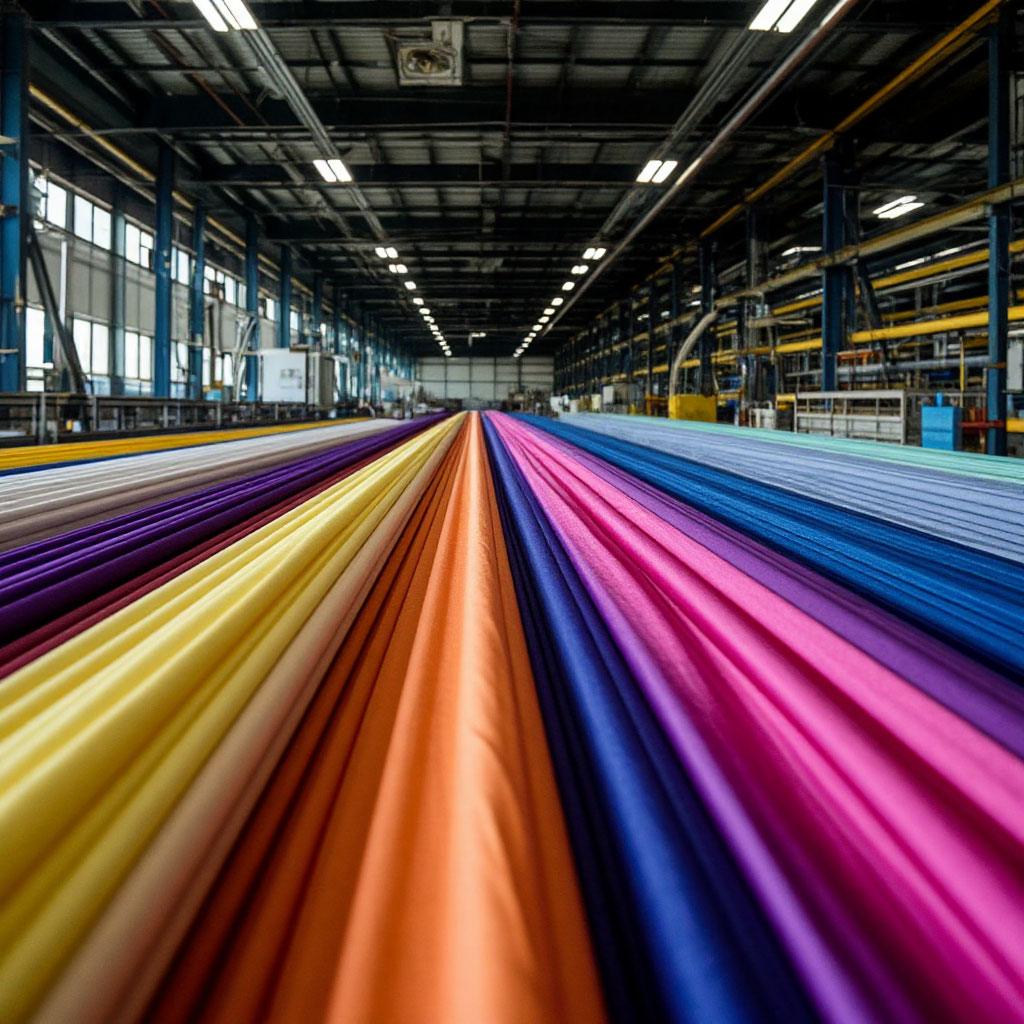
Corn-Based Polyester: A Sustainable Alternative?
The fashion industry is in a full-blown identity crisis. On one hand, it’s scrambling to ditch petroleum-based fabrics; on the other, it’s desperately promoting eco-friendly polyester alternatives like corn-based polyester as the planet’s salvation. Made from fermented corn starch and transformed into polylactic acid (PLA), this so-called biodegradable synthetic fiber is being hyped as the future of plant-based textiles. But before you swap your entire wardrobe for this “green” alternative, let’s dissect whether it’s truly sustainable—or just another well-marketed illusion.
How Corn Becomes Clothing: The PLA Fabric Process
At first glance, corn-based polyester sounds like a miracle. Instead of relying on fossil fuels, manufacturers extract starch from corn kernels, ferment it into lactic acid, and then polymerize it into PLA. Unlike traditional polyester, PLA doesn’t linger in landfills for centuries—at least, that’s the claim. But here’s where things get murky.
The Biodegradability Myth: Does PLA Really Break Down?
One of the biggest selling points of PLA fabric is its biodegradability. But there’s a massive asterisk: it only decomposes efficiently under specific composting conditions. Toss a PLA-based shirt into your backyard compost? It might take decades to disappear. Throw it into an industrial composter? Sure, it’ll break down in months—but how many cities actually have those facilities? For most consumers, PLA’s biodegradability is a theoretical benefit, not a practical one.
And let’s not forget microplastics. While PLA is often marketed as a safer alternative, research is still unclear on whether it sheds microplastics like conventional polyester. If it does, then we’re just swapping one environmental disaster for another.
The Hidden Costs of Corn: Water, Land, and Chemicals
Here’s the uncomfortable truth: corn-based polyester isn’t magically eco-friendly just because it comes from plants. Industrial corn farming is notorious for its environmental toll:
- Water waste: Corn is a thirsty crop, and growing it for fabric competes with food production in drought-prone regions.
- Pesticides & fertilizers: Conventional corn farming relies heavily on chemicals that pollute soil and waterways.
- Land use: Expanding corn fields for textiles could accelerate deforestation and habitat loss.
If the corn isn’t grown sustainably (and let’s be real, most of it isn’t), then PLA fabric might actually have a higher carbon footprint than recycled polyester.
The Bigger Picture: Is PLA Fabric Really the Solution?
The fashion industry loves quick fixes, but corn-based polyester isn’t a silver bullet. Yes, it’s a step away from fossil fuels, but it’s far from perfect. For it to be truly sustainable, we’d need:
- Widespread industrial composting infrastructure (which barely exists).
- Regenerative farming practices to grow corn without destroying ecosystems.
- Transparent labeling so consumers know if their PLA garment will actually biodegrade.
Until then, eco-friendly polyester alternatives like recycled PET or natural fibers (hemp, organic cotton) might still be better bets.
Final Verdict: Green Innovation or Greenwashing?
Corn-based polyester is an exciting innovation, but it’s not the sustainability hero it’s made out to be. Between questionable biodegradability, resource-heavy farming, and lack of proper disposal systems, it’s clear that PLA fabric still has major hurdles to overcome.
So, should you buy it? If the brand can prove real sustainability—like using non-GMO corn, renewable energy in production, and ensuring compostability—then maybe. But for now, approach with skepticism. The search for the perfect plant-based textile continues, and corn-based polyester is just one step in a much longer journey.
The bottom line? Don’t believe the hype until the facts stack up. Sustainable fashion isn’t about swapping one problematic material for another—it’s about systemic change. And that’s a much harder pill to swallow.
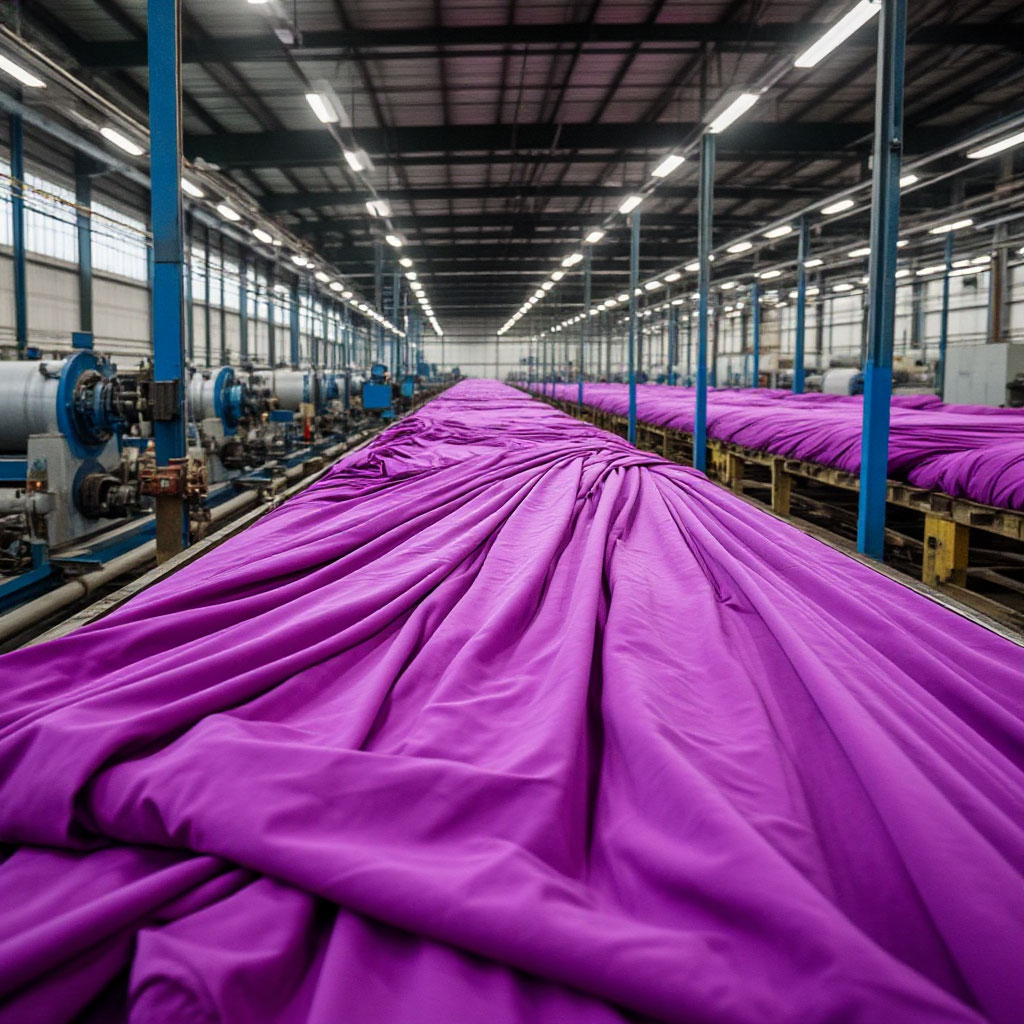
Pros and Cons of PLA Fabric in Fashion
The fashion industry is racing to reinvent itself as eco-conscious consumers demand eco-friendly polyester alternatives. Enter corn-based polyester, the shiny new contender promising to revolutionize sustainable fashion. But before we crown it the savior of plant-based textiles, let’s examine the real PLA fabric pros and cons—because sustainability claims aren’t always what they seem.
The Bright Side: Why Corn-Based Polyester Is Turning Heads
- Renewable Origins
Unlike petroleum-based polyester, corn-based polyester starts with corn starch—a renewable resource. This gives it a major edge as a biodegradable synthetic fiber alternative, at least in theory. - Lower Carbon Footprint (Sometimes)
PLA production emits fewer greenhouse gases than traditional polyester—if the corn is grown sustainably and processed with clean energy. When done right, it’s a step toward decarbonizing fashion. - Biodegradability (With an Asterisk)
Yes, PLA fabric can break down—but only in industrial composting facilities with precise heat and moisture conditions. In ideal settings, it decomposes in months rather than centuries. - Softness & Versatility
PLA fibers can mimic the feel of conventional polyester, making them an easy swap for brands wanting a greener image without sacrificing performance.
The Ugly Truth: Where Corn-Based Polyester Falls Short
- Biodegradability Is Mostly Theoretical
Unless you live near an industrial composter (most people don’t), your corn-based polyester garment will degrade as slowly as regular plastic in a landfill. Home composting? Forget it—PLA needs high heat to break down. - Corn Farming’s Dirty Secrets
Growing corn for fabric isn’t inherently eco-friendly. Conventional farming guzzles water, relies on pesticides, and competes with food production. Unless it’s organic and regenerative, PLA fabric could be just as harmful as petroleum-based textiles. - Recycling Confusion
PLA can’t be recycled with regular polyester, and most facilities aren’t equipped to process it. Toss it in the wrong bin, and it contaminates recycling streams. - Microplastics Mystery
While PLA is marketed as a safer alternative, studies haven’t yet confirmed whether it sheds microplastics like traditional synthetics. If it does, we’re back to square one.
The Bigger Question: Is PLA Fabric Worth the Hype?
Corn-based polyester isn’t a magic fix—it’s a trade-off. For brands, it’s a way to market “green” collections, but for consumers, the benefits depend entirely on production and disposal systems that barely exist today.
If the fashion industry really commits to:
- Scaling industrial composting
- Using organic, non-GMO corn
- Transparent labeling (so you know how to dispose of it)
…then PLA could be a meaningful step forward. Until then, it’s just another half-baked eco-friendly polyester alternative with more marketing than impact.
The Verdict: Proceed With Caution
PLA fabric has potential, but right now, it’s not the sustainability superhero it’s made out to be. If you’re choosing between conventional polyester and corn-based polyester, PLA is the lesser evil—but recycled fabrics or natural fibers (like hemp or organic cotton) might still be the smarter choice.
The bottom line? Don’t let buzzwords fool you. True sustainability in fashion isn’t about swapping one material for another—it’s about systemic change. And corn-based polyester, while innovative, isn’t there yet.
How Corn Fibers Are Transforming the Textile Industry
The fashion world is buzzing with excitement over plant-based textiles, and corn-based polyester is leading the charge as one of the most promising eco-friendly polyester alternatives. But is this innovative material really as revolutionary as it seems, or are we just falling for another greenwashed trend? Let’s peel back the layers of this corn-fueled fabric revolution.
The Rise of Corn in Fashion
Move over, petroleum – there’s a new crop in town. Corn-based polyester, made from polylactic acid (PLA), is shaking up the textile industry by offering what seems like the perfect compromise: the durability of synthetic fibers with the eco-credentials of biodegradable synthetic fibers. Major brands are jumping on board, incorporating PLA into everything from sleek activewear to everyday basics.
But here’s where it gets interesting. Unlike traditional polyester derived from fossil fuels, PLA starts its life in cornfields. Through advanced processing, corn starch is transformed into fibers that can be woven, knitted, or blended with other materials. The result? Fabrics that boast a significantly lower carbon footprint – at least in theory.
The Sweet Promise of Corn Textiles
What makes corn-based polyester so appealing to manufacturers? First, there’s the sustainability angle. As consumers demand eco-friendly polyester alternatives, PLA offers brands a way to check the “green” box while maintaining the performance qualities they need.
The technology behind these plant-based textiles is particularly impressive when it comes to blending. PLA can be combined with natural fibers like cotton or other synthetics to create hybrid fabrics with enhanced properties. Imagine workout clothes that wick moisture like traditional polyester but break down more responsibly at the end of their life. That’s the promise currently being tested in sportswear collections and even footwear lines.
For farmers, this shift represents new opportunities. As demand grows for textile-grade corn, agricultural communities could see new revenue streams. This agricultural pivot might help some regions diversify their economies, though whether this actually benefits small-scale farmers remains to be seen.
The Thorny Reality Behind the Green Facade
Before we declare corn-based polyester the savior of sustainable fashion, there are some harsh truths to confront. That much-touted biodegradability? It’s not as straightforward as it sounds.
PLA’s decomposition superpowers only activate under very specific industrial composting conditions – the kind most cities and towns simply don’t have. Without access to these facilities, your corn-derived shirt will linger in landfills just like its petroleum-based cousins. This glaring infrastructure gap means that for most consumers, PLA’s biodegradability is more marketing myth than reality.
Then there’s the agricultural impact. Corn is notoriously resource-intensive, requiring significant amounts of water, pesticides, and fertilizers. Unless grown using regenerative practices (which most isn’t), we’re simply trading one environmental problem for another. The carbon savings from avoiding petroleum might be wiped out by the emissions from conventional corn farming.
The Path Forward for Plant-Based Textiles
For corn-based polyester to truly deliver on its promise, several critical pieces need to fall into place:
- Composting Infrastructure – Widespread industrial composting facilities are non-negotiable for PLA to fulfill its biodegradability claims.
- Sustainable Farming – Transitioning to organic and regenerative corn production is essential to minimize environmental harm.
- Clear Labeling – Consumers need transparent information about how to properly dispose of PLA products.
- Recycling Solutions – Dedicated recycling streams must be developed to prevent PLA from contaminating other recycling processes.
The textile industry stands at a crossroads with these plant-based textiles. While corn-based polyester represents an important step away from fossil fuels, it’s not a perfect solution. As with any innovation, the devil is in the details – and in this case, those details involve farming practices, waste management systems, and honest marketing.
One thing’s certain: the conversation around eco-friendly polyester alternatives is evolving rapidly. Whether corn-based polyester will emerge as a true sustainability leader or just another transitional technology remains to be seen. What’s clear is that consumers and manufacturers alike need to look beyond the surface-level green claims and demand real, systemic change in how we produce and dispose of our clothes.
The future of fashion might grow in cornfields, but only if we’re willing to do the hard work of building the systems needed to support truly sustainable biodegradable synthetic fibers. Until then, this innovative material remains a promising – but imperfect – step toward a greener wardrobe.

Brands Using Corn-Based Polyester Successfully
The fashion industry’s race to sustainability has birthed an unlikely hero: corn-based polyester. As brands scramble to ditch petroleum-based fabrics, this innovative plant-based textile is making waves in collections from sportswear giants to luxury labels. But which companies are truly nailing the PLA fabric pros and cons equation? Let’s spotlight the pioneers turning corn into couture.
Patagonia: The Outdoor Industry’s Eco-Warrior
When it comes to eco-friendly polyester alternatives, Patagonia walks the walk. The outdoor titan has been quietly revolutionizing performance wear with biodegradable synthetic fibers like PLA.
What They’re Making:
- Thermal base layers that feel like a second skin
- Ultra-light fleeces that trap heat without the guilt
- Accessories proving sustainability doesn’t sacrifice functionality
Why It Works:
Patagonia isn’t just using PLA—they’re funding research to improve its production and recycling. Their closed-loop mindset means every corn-derived thread gets scrutinized for true sustainability. Consumers reward this integrity with fierce loyalty, proving ethical outdoor gear sells.
Adidas: Kicking Plastic to the Curb
Adidas’ “End Plastic Waste” initiative isn’t just PR fluff—they’re putting corn-based polyester in their cleats. Literally.
Game-Changing Gear:
- Sneaker uppers woven from PLA blends
- Performance tees that breathe like synthetics but degrade responsibly
- Experimental tracksuits pushing plant-based textiles into pro sports
The Playbook:
By partnering with biotech startups, Adidas is solving PLA’s durability puzzle. Their marketing genius? Framing corn-fed kicks as must-haves for plastic-conscious athletes. The result? Waiting lists for shoes that might compost faster than they wear out.
Stella McCartney: Luxury Goes Corn-Fed
While fast fashion flirts with sustainability, Stella McCartney built her empire on biodegradable synthetic fibers. Now she’s serving corn-based polyester couture.
Runway-Worthy PLA:
- Slinky dresses that drape like silk but compost like banana peels
- Structured coats proving eco-materials can hold serious shape
- Handbags where “plant-based” doesn’t mean “boring beige”
The Vibe:
McCartney treats PLA like the luxury material it is. Her secret? Blending it with organic cottons and wools to create fabrics that satisfy both fashion editors and environmentalists. It’s eco-friendly polyester alternatives at their most glamorous.
Pangaia: The Science-Backed Basics Brand
This direct-to-consumer disruptor treats corn-based polyester like the rockstar of plant-based textiles.
Wardrobe Heroes:
- PLA-infused hoodies that Gen Z fights over
- Leggings that perform like synthetics without the microplastics
- Color-blasted tees proving sustainable can be fun
The Innovation Edge:
Pangaia’s material scientists treat PLA like putty—mixing it with seaweed fibers and recycled materials to create proprietary fabrics. Their Instagram-friendly aesthetic makes sustainability scroll-stopping, not sanctimonious.
The Big Picture: Is Corn the Future?
These brands prove corn-based polyester has serious potential, but the industry still faces hurdles:
- Composting Conundrum: Without industrial facilities, PLA’s biodegradability is theoretical for most consumers
- Agricultural Impact: Not all corn is grown equally—sustainable sourcing is non-negotiable
- Performance Trade-offs: While improving, PLA still can’t match traditional synthetics in all applications
The verdict? Corn-based polyester isn’t a magic bullet, but when handled by committed brands, it’s a powerful tool in the sustainability arsenal. As infrastructure catches up with innovation, your next favorite hoodie might just have grown in a field.
Before we wrap up, let’s take a look at corn-based polyester (PLA): how it’s made from corn, what “biodegradable” really means, and where the hype outstrips the reality. This short video covers the raw material, industrial composting, and limitations of its use in clothing production.
FAQ
Does corn-based polyester shed microfibers in the wash like regular polyester?
Yes. PLA is still a synthetic fiber and can release microfibers during laundering. Use a microfiber filter or washing bag to reduce shedding. Wash cold, low-spin, and avoid long cycles to minimize fiber loss.
Will “compostable” PLA clothing break down in my backyard compost?
No. Most PLA needs industrial composting with sustained temperatures above 60°C and controlled moisture/oxygen. Home piles rarely reach that. If no commercial facility exists nearby, landfill behavior will resemble regular plastics.
Is corn-based polyester safe for people with corn allergies?
Usually yes. Allergic reactions are rare because PLA is a polymer, not corn protein. Still, sensitive skin can react to finishes or dyes. Patch-test new garments and favor OEKO-TEX or skin-safe certifications.
Can I tumble-dry PLA fabrics or will heat damage them?
Use low heat. PLA’s heat resistance is lower than PET; high dryer temps can deform fibers and shorten life. Prefer air-drying or the coolest dryer setting. Avoid ironing directly; use a low-temp press cloth.
Is corn-based polyester really greener than recycled polyester?
Sometimes. Lower fossil feedstock is a plus, but farming inputs and end-of-life infrastructure matter. If you lack industrial composting, high-quality recycled PET with durable use often wins. Prioritize longevity, repair, and verified impact data.
For now, the message is clear: the future of fashion isn’t just plant-based—it’s corn-fed. And these brands are serving it up stylishly. You can now download a corn-based polyester checklist — a practical tool to help you weigh its environmental trade-offs, understand care needs, and decide if it fits your sustainable projects.
